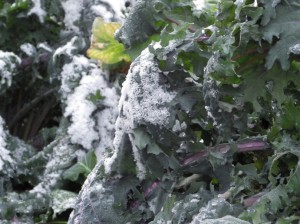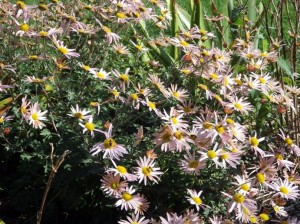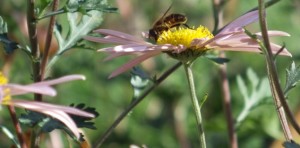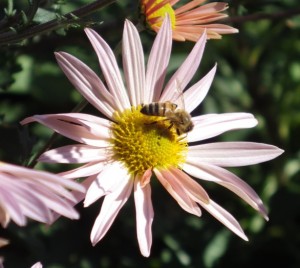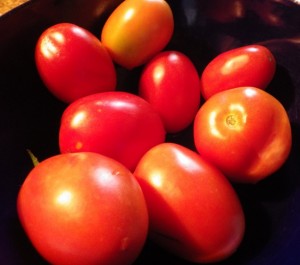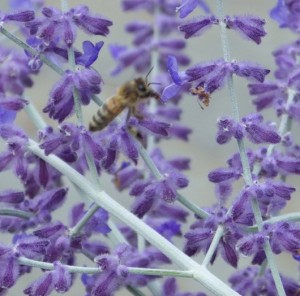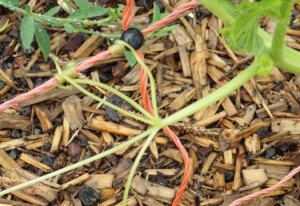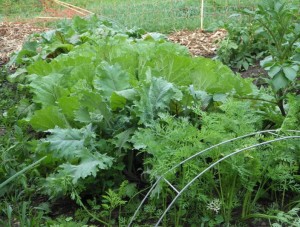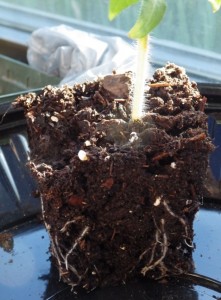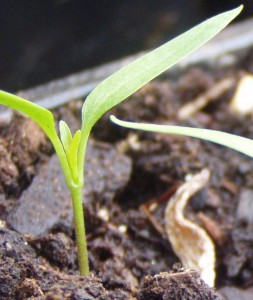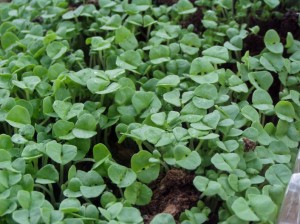Good afternoon, little munchkins. Now that you’ve theoretically crawled out from underneath the holiday wrapping paper and all the cookies, I’m sure what is burning at your brains is this:
What is new in the seed catalogs for 2015?
Yes, my plump little gardening elves, the seed catalogs have been out for a while; I swear the first one to hit my mailbox arrived the week after Thanksgiving. They are everywhere and I think they are all sharing their mailing lists as well since I’ve received some catalogs from companies that I’ve never heard from before.
However, I, your sweet old Auntie, have spent some of MY holiday time (a dirty job, but someone must do it) in checking out what is new. Not that I immediately rush to whatever new thing the seed folks are serving up (I do have my favorites, such as Royal Burgundy beans), but it’s always good to check things out because, after all…you…never…know.
Here are a few things that caught my eye. Not that there are not literally hundreds of new and newly-rediscovered varieties out there but here are a few that rang my bell:
Territorial Seed (Oregon): These folks, ever since I started buying a big block of onion plants which always do very well, have become one of our favorite sources. They have some very interesting things which might (depending on your point of view) be worth trying out:
Summer Purple
Summer Purple Broccoli. This does not form a big head (which is not a disadvantage in my book since you have to cut it up anyway) and, with a 60-90 day growing period looks to be something people could try out for early spring gardening, fall gardening and even, if you live in a relatively mild early winter area, winter gardening.
Quinoa
Quinoa. Yes, believe it or not, if you are interested in giving growing quinoa a shot, you can get seed here. Even if you live in a short-season area, it might be worth it to grow just for the nutritious greens.
Pinetree Garden Seeds (Maine): This seed house has been a long time favorite with us. In the early days it was because we could get small, relatively cheap packets of seeds. Since then they have grown on us because we can also get mixtures of seeds (such as mixtures of lettuces, or mixtures of peppers and so on), which is actually a lot more fun to grow.
Chia
Chia. This will take 4 months, and here in the north, will require starting just like tomatoes and about the same time, but if you’d like to give it a shot, here you go.
Celery
Peppermint Stick Celery. This looks good – fast to germinate and worthwhile growing because to be frank, grocery store celery is one of the top items on the ‘dirty dozen’ list of fruits and veggies which have high concentrations of pesticide residues. Grow your own.
Seed Savers Exchange (Iowa)
The grand-daddy of the heritage seed saving organizations.
Sorghum
Sorghum. Want to grow your own pancake flour? Shoot – want to grow your own pancake flour AND pancake syrup. Here you go. Long season – strictly for the south but definitely worth trying.
Hustard
Heirloom Mustard – the description says it is not prickly, which makes it a huge improvement on anything I’ve found. If you want to try mustard greens – here you go.
Johnny’s Selected Seeds (Vermont)
Gunsho
Gunsho (looks like Chinese asparagus to me), also referred to as choi sum. Great for stir fries and harvested for the tender stems and just-opening flowers.
Radish
Sora Radishes – The best feature here is heat tolerance so you won’t lose your radishes as soon as the first hot weather in the spring shows up.
Tiren Tomato
Tiren San Marzano. Great San Marzano tomato shape and flavor but earlier which is always a benefit.
So, check out the seed sites; open up those seed catalogs and put together your order, pronto.
What am I excited about this year? Cover crops – in specific, tillage radishes (which are really selections of daicon radishes which grow HUGE roots, pull up all sorts of nutrients in the soil and then…DIE, releasing all of that goodness into the upper reaches of the soil. Great stuff.
